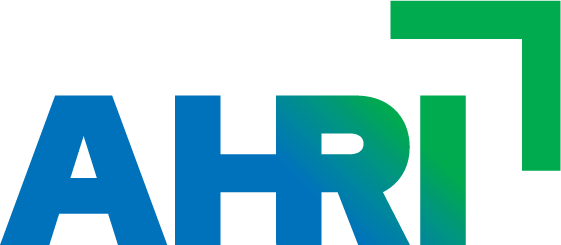To address potential retention issues, this HR leader rebooted her organisation’s career development system as part of her case study to achieve AHRI’s HR Certification.
Around 12 months ago, our data told us we had higher staff turnover than previous years. At the same time, surveys and exit interviews were identifying extremely high engagement scores in most areas, but low scores in relation to career development and professional development. We dug deeper and found several issues relating to the lack of opportunities around career development.
Having recently implemented a new HR information system (HRIS), we knew there was a module for performance management that we hadn’t yet developed. That went hand in hand with a review of our performance management process. The new process could incorporate a strong connection with professional development and career development, and be enabled by the HRIS.
A democratic approach
After an employee survey, and utilising data from exit interviews, we presented the problem we’d identified and the solution we’d devised to the executive. It was important that we had their support and they were keen to remain across what was happening.
We also had a working group made up of employees and managers to help design and guide the process.
Our focus was not just to ensure a clear professional development process and framework, but to support it with an HRIS element that reduced the amount of time a process like this might take up. In the not-for-profit space, time is a luxury most people don’t have. We needed to improve efficiencies and add value, rather than add administrative effort.
Another deep focus was ensuring every element of the system was fit for purpose. One excellent piece of advice I received when we spoke with other organisations that used the same HRIS was, “Don’t get caught up in what the system can do. Instead, focus on what you need it to do.”
“[AHRI Certification] recognises job-based learning and expertise, and offers me greater confidence in my own decision-making.” – Megan Werner CPHR, People and Culture Business Partner, Stroke Foundation
Our previous performance management process involved meetings in November and December, with notes typed into Word files. It simply wasn’t conducive to structured, ongoing development. There was a great opportunity to change things.
We looked at our HRIS, at the key functionalities that were available. Then we created our processes to align with the pieces of functionality that matched our needs.
A new approach to career development
As we planned and executed the additions in functionality to the HRIS, we realised the result of those changes was far greater than the sum of their parts.
For example, there are now more areas that can be developed and customised for each individual in terms of performance management and professional development. There are employee goals, career goals, competencies for each role, performance reviews and more.
Other changes included:
- Check-ins are now happening at least once a month and people are going into the system with their managers and assessing their role competencies. Importantly, that’s not from a performance perspective, but instead from the angle of where they need to develop to do their job well.
- The mindset has changed from assessing how a person is performing in their role to assessing areas for development.
- Goals are set and regularly assessed – it’s a living platform, as opposed to a Word file that’s rarely opened because it’s hidden in a folder somewhere.
- Salary reviews aren’t connected to these performance check-ins or to performance reviews. Instead, it’s up to the manager and employee to work out how the process works best for them.
- Feedback and data from the system has already led to new offerings within the business, such as internal training programs and a mentor and emerging leaders program.
It also brought a simple but powerful change to the timing of the major annual performance review, from the very busy November/December period to the much more manageable January/February one.
Overcoming challenges
The major challenge of the Team Stroke Performance and Development Project was a personal one – the fact that I am not an IT developer.
There was a lot of back-end work to be done on the system. While the vendor was exceptionally helpful and supportive, I had to develop a strong understanding of what our HRIS can and can’t do.
I did not anticipate the amount of time that was going to take, so I spent a lot of time learning about that space. Having said that, it was a positive experience and I now feel I have a new level of knowledge. It was excellent personal development.
I have been with Stroke Foundation for 19 years. I started out as the executive assistant to the CEO. So, for someone like me who doesn’t have a breadth of experience across organisations and sectors, doing this project to achieve my AHRI Certification shows how I’ve been growing and progressing.
You learn so much as you work in a role. This Certification recognises job-based learning and expertise, and offers me greater confidence in my own decision-making.
This article first appeared in the April-May 2024 edition of HRM Magazine. Megan Werner CPHR is the People and Culture Business Partner, Stroke Foundation


Well Done Megan!